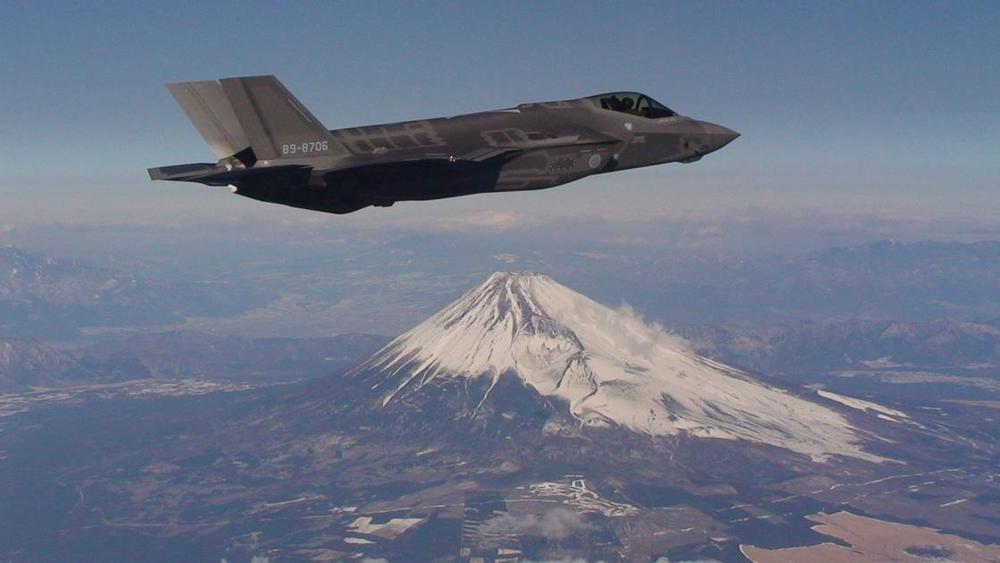The science of using AI to detect and predict emotions is shaky but the U.S. military and a handful of well-funded startups are hoping to prove the doubters wrong, whatever the risks.



With China appearing to flex its muscles in almost all of its territorial disputes, a new underwater dimension may emerge. Chinese submarines could be on a collision course with the Japanese Navy. Known as the Japanese Maritime Self-Defense Force (JMSDF), they possess one of the most potent anti-submarine capabilities of any Navy. In particular Japanese submarine technology is highly regarded. But there seems to be acceptance that they will have to beef up to meet the emerging threat from China. A newly published white paper hints at ways the JMSDF is responding.
The threat of Chinese submarine incursions is seen as very real. Last month, to track a submerged submarine near its waters, the JMSDF scrambled one of its helicopter carriers, two destroyers and several maritime patrol aircraft. Although Japan has not declared the nationality of the submarine, it is widely believed to have been Chinese.
According to a press release (in Japanese) the submarine was detected on June 18 northeast of Amami Oshima, which is one of the islands running between Japan and Taiwan. These islands are known as the first island chain and form a natural barrier between China and the Pacific. The submarine was tracked for several days.

Is a process in nuclear physics in which the nucleus of an atom splits into two or more smaller nuclei as fission products, and usually some by-product particles. Hence, fission is a form of elemental transmutation. The by-products include free neutrons, photons usually in the form gamma rays, and other nuclear fragments such as beta particles and alpha particles. Fission of heavy elements is an exothermic reaction and can release substantial amounts of useful energy both as gamma rays and as kinetic energy of the fragments (heating the bulk material where fission takes place). Nuclear fission produces energy for nuclear power and to drive explosion of nuclear weapons.



The U.S. Navy confirmed a fire on vessel USS Bonhomme Richard in San Diego, Calif., that happened while routine maintenance was underway. July 12, 2020.
NBC News: Several sailors injured after apparent explosion and fire on a military ship in San Diego, according to San Diego Fire-Rescue authorities.


Japan has been cleared by the US State Department to buy 105 Lockheed Martin F-35 Lightning II stealth fighters as part of a package worth an estimated $23.11 billion.
The potential F-35 deal is the second largest foreign military sale approved by Washington in history, behind a $29.4 billion sale of Boeing F-15SA fighters and associated weapons to Saudi Arabia in 2010.

ST. GEORGE — An invention that could lead to the end of gunpowder is not just an idea — it’s already been used in a real-world military mission.
Priced at $1 million, ZHeus 3 is not a gun; it’s a “platform” that has taken Harvester, a St. George-based inventor, 15 years to design. Harvester could not release his full name because he still has a commitment to national security.
The idea for this invention, along with an improved armor, began some 15 years ago when Harvester’s best friend died in his arms after being shot during an Air Force mission. The bullet shot straight through his friend’s bulletproof vest and kept going.
Innovation.
The U.S. Air Force plans to have an operational combat drone by 2023. The service plans to build out a family of unmanned aircraft, known as Skyborg, capable of carrying weapons and actively participating in combat. The Air Force’s goal is to build up a large fleet of armed, sort-of disposable jets that don’t need conventional runways to take off and land.
The Air Force, according to Aviation Week & Space Technology, expects to have the first operational Skyborg aircraft ready by 2023. Skyborg will be available with both subsonic and supersonic engines, indicating both attack and fighter jet versions. The basic design (or designs) will likely be stealthy, carrying guided bombs, air defense suppression missiles, and air-to-air missiles inside internal weapons bays. Interesting, according to AvWeek, the Air Force is considering Skyborg as a replacement not only for the MQ-9 Reaper attack drone but early versions of the F-16 manned fighter.